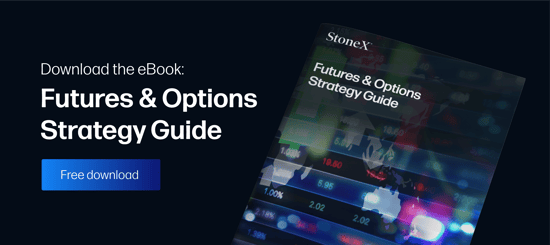One of the key attractions to trading the E-mini version of a stock index, or any other futures, for that matter, is that traders can participate at a much smaller investment level than the standard, or “big board” futures contracts. Think of it as trying out craps in Las Vegas by playing at the $1.00 table at Circus-Circus instead of the $25 table at the Bellagio. However, like gambling in Las Vegas, the E-mini can get you into trouble just as fast. Certainly, there are many positives when utilizing the smaller cousin to the standard contract, but in my experience one of the areas that seem to get new E- Mini future’s trader into the trouble is understanding margin and leverage.
Margins
In the futures market, margin refers to the initial deposit, or “good faith”, made into an account in order to enter into a futures contract. This margin is referred to as good faith because it is this money that is used to debit any day-to-day losses.
When you either buy or sell an E-mini futures contract-or any other futures contract, the future’s exchange will state a minimum amount of money that you must deposit into your account. This original deposit of money is called initial margin.
When your contract is liquidated, you will be refunded the initial margin plus or minus any gains or losses that may occur. In other words, the amount in your margin account changes daily as the market fluctuates in relation to your futures contract holdings. The minimum-level margin is determined by the futures exchange and is usually 5%-10% of the total value of the futures contract. These predetermined initial margin amounts are continuously under review, and at times of high market volatility, initial margin requirements can be raised substantially.
While the initial margin is the minimum amount required to enter a new futures contract, the maintenance margin is the lowest amount an account can reach before it needs to be replenished. For example, if your margin account value drops to a certain level because of a series of daily losses, brokers are required to make a margin call and request that you make an additional deposit into your account to bring the margin back up to the initial amount. That is referred to as a “margin call”.
Any trades are educational examples only. They do not include commissions and fees.
Let’s say that you had to deposit an initial margin of $6,000 on an, E-mini S&P 500 contract and the maintenance margin level is $4,000. A series of losses dropped the value of your account to $3,000. This would then prompt the brokerage firm to make a margin call to you, requesting a deposit of at least an additional $3,000 to bring the account back up to the initial margin level of $6,000.
As a result of leverage, if the price of the futures contract moves up even slightly, the profit gain will be large in comparison to the initial margin. However, if the price just inches downwards, that same high leverage will yield huge losses in comparison to the initial margin deposit. For example, say that in anticipation of a rise in stock prices across the board, you buy an E-mini futures contract with a margin deposit of $6,000, for an index currently standing at $1182. The value of the contract is worth $50 times the index (e.g. $50 x 1182 = $59,100), meaning that for every point gain or loss, $50 will be gained or lost.
If, after a couple of months, the index realized a gain of 5%, this would mean the index gained 59 points to stand at 1190. In terms of money, this would mean that you as an investor earned a profit of $2,950 (59 points x $50) before any commission costs.
On the other hand, if the index declined 5%, it would result in a monetary loss of $2,950 plus commissions; a huge amount compared to the initial margin deposit made to obtain the contract. This means you still have to pay $2,950 plus commissions out of your pocket to cover your losses. The fact that a small change of 5% to the index could result in such a large profit or loss to the investor sometimes even more than the initial investment made is the risky arithmetic of leverage. Accordingly, while the value of a commodity or a financial instrument may not exhibit very much price volatility, the same percentage gains and losses are much more dramatic in futures contracts due to low margins and high leverage.
